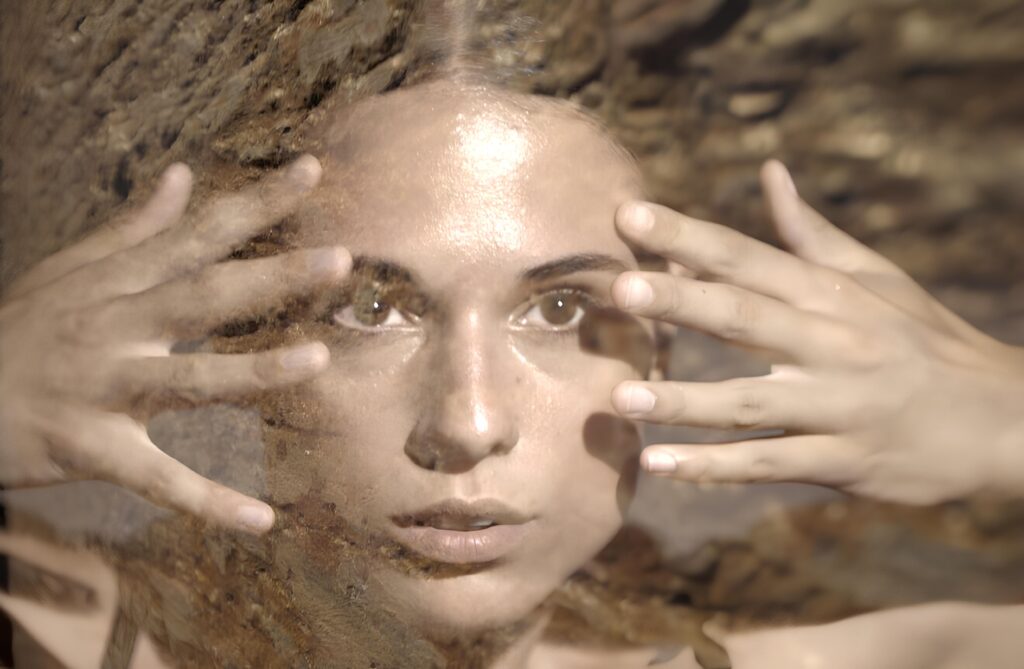VULNERARE
‘created by IU-Human Intelligences’

This is the latest testimony of the historical heritage of the former Pontifical Prison of Velletri
which remained intact for two centuries before undergoing an irreversible transformation
subject, direction, and editing by Sergio Mario Illuminato
with Patrizia Cavola, Camilla Perugini, Nicholas Baffoni, and Sergio Mario Illuminato
cinematography and filming by Federico Marchi and Roberto Biagiotti
location and art direction by Rosa Maria Zito
choreography by Patrizia Cavola and Ivan Truol
music by Andrea Moscianese
sound design by Davide Palmiotto
post-production laboratory Pyramid Factory
conforming by Elena Becchetti and colorist Alessandro Ammendola
Special thanks to Arch. Paolo Candidi, Head of ‘Sector VI
Programming and Sustainability’ of the Municipality of Velletri for the
collaboration and support in accessing the former Pontifical Prison of Velletri
copyright 2023 Sergio Mario Illuminato all rights reserved
Sergio Mario Illuminato under Article 45 of the copyright law
(Law of 22 April 1941 No. 633 and subsequent amendments)
